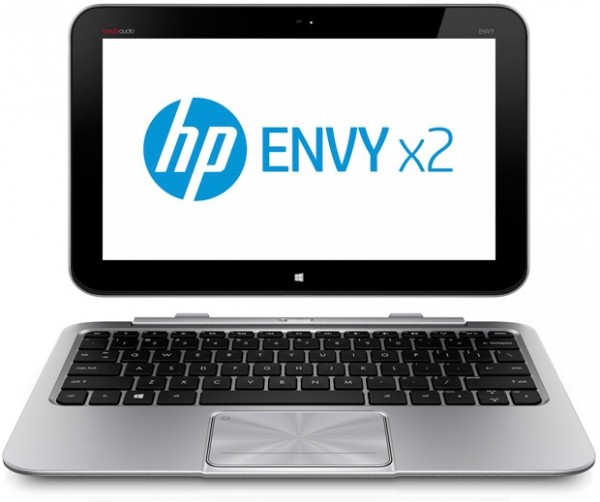Intel held a media event in San Francisco today to offer a glimpse at what to expect from future Intel-based Windows 8 tablets, and share details about their next generation Atom processor, codenamed Clover Trail. The company said at least 20 different models are on their way, including the previously announced Lenovo ThinkPad 2, Asus Vivo Tab, HP Envy X2, Dell Latitude 10, and Samsung ATIV Smart PC.
The tablets will be built around a dual-core, 1.8GHz Atom Z2760 processor, a close cousin to the Medfield chip used in smartphones. The chip houses a SGX545 graphics core, 1MB of L2 cache, and depending on the configuration tablets with the Z2760 can include NFC and LTE capabilities.

When it comes to performance, Hexus estimates the new Atom will fall short next to a dual-core Cortex-A15. However, because this is an x86 chip, Intel is playing to its advantage the notion that it will offer the "best Windows 8 experience" on a tablet with "compatibility and support for traditional apps and peripherals."
They've also tuned down power consumption significantly – a major drawback with the previous Atom tablet chip, codenamed Oak Trail, which appeared in just a handful of Windows 7 tablets. According to Intel, Windows 8 tablets based on its Clover Trail chip should offer up to 10 hours of use and 30 days in stand by.
Windows 8 tablets from Asus, Lenovo, Samsung and others based on the Atom Z2760 are expected to run $650 and up – quite expensive for an Atom machine. More powerful variants (with shorter battery life) based on Ivy Bridge will be known as Windows 8 Pro tablets, and come complete with USB 3.0 and 1080p video playback, while Windows RT tablets are powered by ARM chips and won't run traditional desktop software.
The whole mix is a bit confusing if you ask me. Unfortunately we won't have a clearer picture of what price range each of these Windows 8 tablets will target until products start arriving next month.